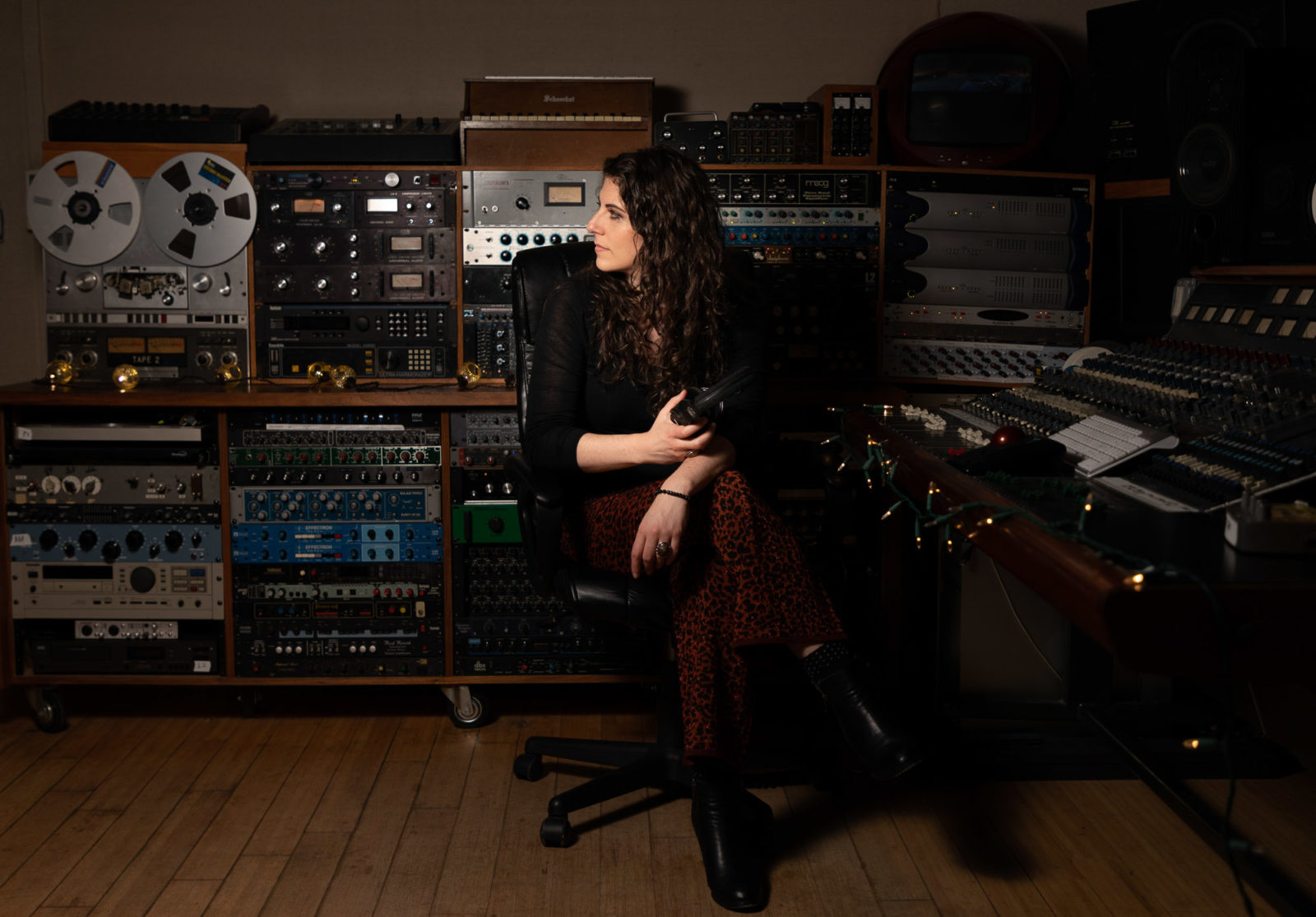Uncovering Stories Through Archival Content: Turning Old Content into New Art

Jocelyn Arem. Photo: Leslie Kahan.
As social distancing makes it more difficult for artists to make new work, artists might consider using archival content. Jocelyn Arem is an artist who specializes in turning archival content into art. She leads our four-part online workshop, “Archival Storytelling for Artists,” starting May 6. The course is designed to help artists working in all mediums transform archival material into multimedia platforms that will turn what Arem calls “hidden” work into a creative gold mine.
We spoke to her about how she suggests artists approach archival storytelling.
Alex—What should artists in lockdown during the COVID-19 outbreak think about as they turn to archival content for the first time?
Jocelyn Arem—Right now we are vividly seeing the power of stories to connect us, even when we can’t be together in person. Stories shared across multimedia platforms bridge generations and give us hope and inspiration. Stories spur activism. Yet as creatives, we often amass years of valuable content—the stories in our archives—waiting to be unearthed, appreciated, and utilized.
As we face geographic and financial challenges to creating new content, archival content is a medium many artists and organizations are already turning to as a way to maximize existing resources. This moment is asking us to explore new strategies to fully access and share our stories in creative new ways.
“Uncovering stories and connecting them with the present can be a deeply powerful creative practice, and often brings new insight into the trajectory of our work and the lasting impact of our creative legacy.”
If you’re turning to archival content for the first time, some initial things you’ll want to think about when approaching the different types of formats you have include the different types of formats you have—is your content physical or digital? Is it audio, 3D, paper, video? Who owns the rights to the content? What media platforms are you currently using to share your work? And what platforms today most excite you?
If you’ve never thought about utilizing archives before, it may be both enlivening and overwhelming to think about digging into the treasure trove of your past work. Where to start? The focus of our course will be on creating a foundational strategy, so that participants come away with a roadmap for success. This course will help participants strategize around key issues to unearth, gain access to and create a plan to reimagine and curate existing assets, turning “hidden” work into creative gold to support your portfolio and help empower your creative career.
Alex—For whom is this course appropriate?
Jocelyn—This workshop helps artists leverage the full value of their creative content by creating a strategy to reimagine it for new audiences. The course is geared towards creatives of all kinds—musicians, filmmakers, writers, DJs, visual artists, designers, actors, chefs, dancers as well as creative leaders of cultural organizations, agencies, brands, media companies, and estates representing creative artists.
Ideally, these artists are looking to reimagine archival material to connect with their audiences in innovative new ways. Artists of any medium are welcome, as we will be working with archival content from all creative backgrounds and across a variety of formats.
Alex—That’s a wide array of creative practitioners. What are the intended outcomes at the end of this course?
Jocelyn—This moment is asking us to explore new strategies to fully access and share our stories in creative new ways. Every archive and storytelling project is unique, creative possibilities are vast, and it is often challenging to know where to start. Participants will come away from the course with a framework for their archival storytelling projects within which they can build a strategic roadmap for success, alongside a supportive community of creative peers.
Alex—What are some essential things you’ve learned to keep in mind, or not to do, when working with archives?
Jocelyn—The course will explore four essential elements of building an archival storytelling strategy: Uncovering your archives and strategic goals, defining your media platforms, honing your resources and relationships, and refining tools and methods to produce a successful final presentation.
It is so important when working with archives to first carry with you a sense of wonder and curiosity. Uncovering stories and connecting them with the present can be a deeply powerful creative practice, and often brings new insight into the trajectory of our work and the lasting impact of our creative legacy. In this way it can also be transformative, and approaching it with care, an inquisitive spirit and thoughtfulness makes the process itself very rewarding.
Read more about and sign up for Arem’s online workshop, “Archival Storytelling for Artists,” starting May 6.
